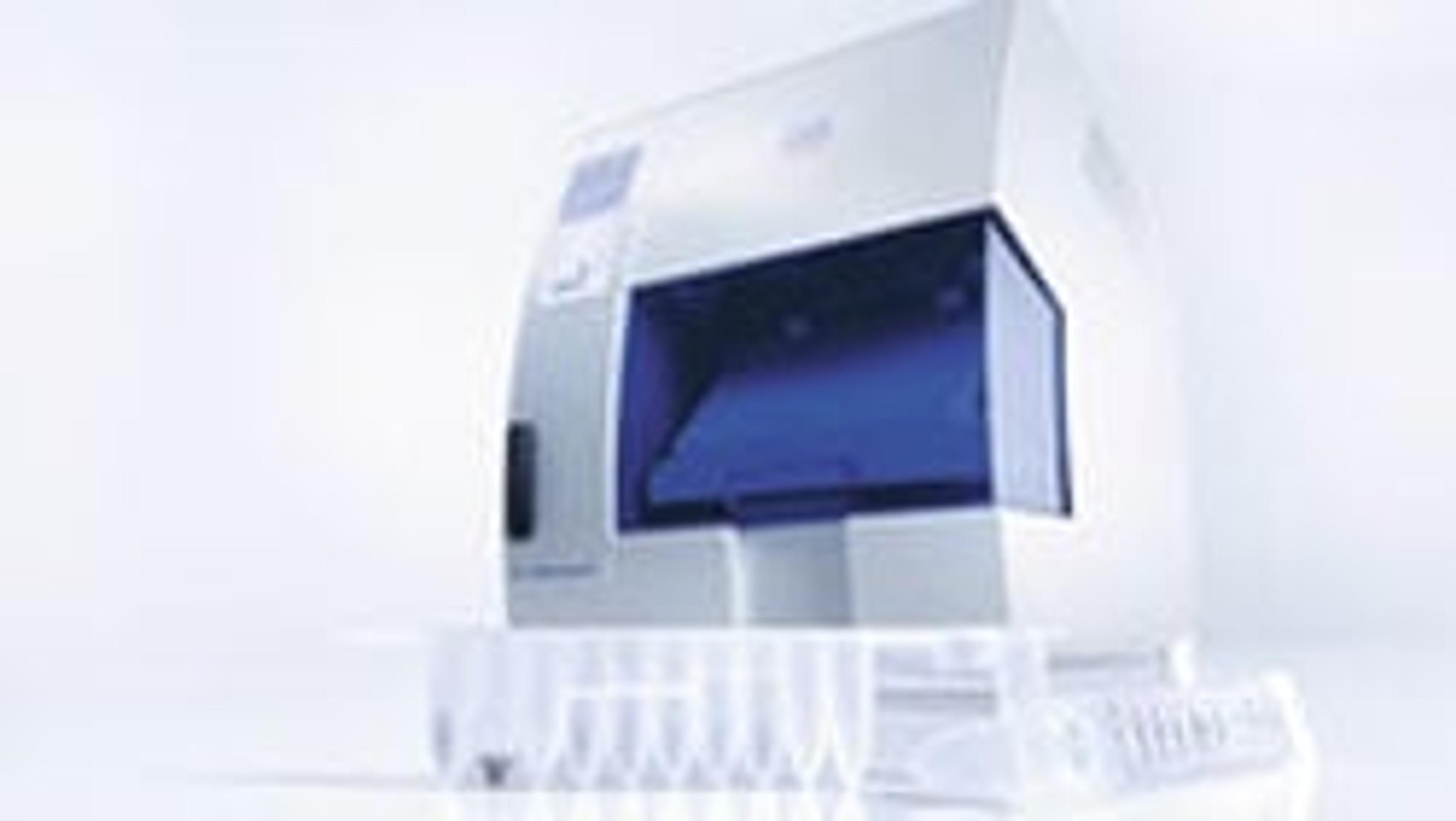Automated Genetic Fingerprinting of Vietnam War Dead Using QIAGEN Kits
Analyzing 50-year old DNA from highly complex samples
21 Mar 2016
In the first part of this article, SelectScience® spoke to Professor Dr Wolfgang Höppner about a new project to identify the thousands of Vietnamese reported missing in the Vietnam War. In this second part, we spoke to Christian Starke, Senior Market Development Manager, Human ID & Forensics at QIAGEN, to find out more about the innovative technology that is making this work possible.
“It’s very difficult to extract the human DNA which is necessary to identify the remains”, explained Christian. “The bones are around 40-50 years old and they’ve been in tropical climates so there’s some quite substantial microbial contamination and degradation of DNA.” QIAGEN have been working with the International Commission for Missing Persons (ICMP), which has its headquarters in The Hague, who have been working to identify the remains of thousands of victims of the Bosnian War as well as cases from other parts of the world. The ICMP have “considerable experience with these kinds of samples” – the chief of their DNA lab previously worked on the identification of American victims of the Vietnam War.
As the DNA can be so scarce in the samples collected from the bodies, as many samples as possibly are collected to allow the available DNA to be concentrated. The bone samples must be pretreated before analysis, Christian explained – “you need to deplete all the calcium in the bone, using EDTA, followed by a treatment of Proteinase K to deplete the protein. This process takes 1-2 days, with the sample needing constant movement to ensure contact with the reagents”.
As Easy as EZ1
For DNA extraction from complex samples, QIAGEN have developed the EZ1 system. “It uses sealed cartridges where all the different binding and washing buffers and elution buffers are in little compartments”, revealed Christian. This cartridge method is ideal for sensitive applications as “it avoids additional contaminations, such as you, the user of the instruments, which can be a problem particularly when you are dealing with very low amounts of DNA”. The EZ1 system used siliconized magnetic beads that bind to the DNA to separate it from the sample, which are then washed off the DNA using water or a low-salt buffer. “It is possible to use as little as 40μl of eluate”, explained Christian, giving you concentrated DNA.
Christian recommends using the 24-plex QS kit for DNA amplification. “It is an STR kit which also allows distinguishing of the level of degradation of the sample”, he explained. “If you detect any inhibition, you can dilute the DNA to get better PCR and a better profile”. If the sample is simply not giving good results because it’s too degraded, Christian suggested next generation sequencing technology. However, in this first round of analysis of the Vietnam victims, this won’t be used. The 24-plex kit uses 24 markers, and “the more markers you have, the higher discrimination you have so the higher the chance you can identify this person”.
Although “there are many different approaches and different protocols” for genetic fingerprinting, Christian says QIAGEN chemistry is “the most popular – it’s guaranteed good results”. However, he cautions, “it will reach its limits with very small samples of highly degraded DNA”. Are you looking for a solution to this problem? Christian believes that, unfortunately, for this technology, you’ll have to wait another “5-10 years”.
Read our interview with Dr Höppner here. Learn more about forensic DNA analysis on our dedicated community page.
Image: DNAMolecule-Genome-Sergey Nivens/Shutterstock

